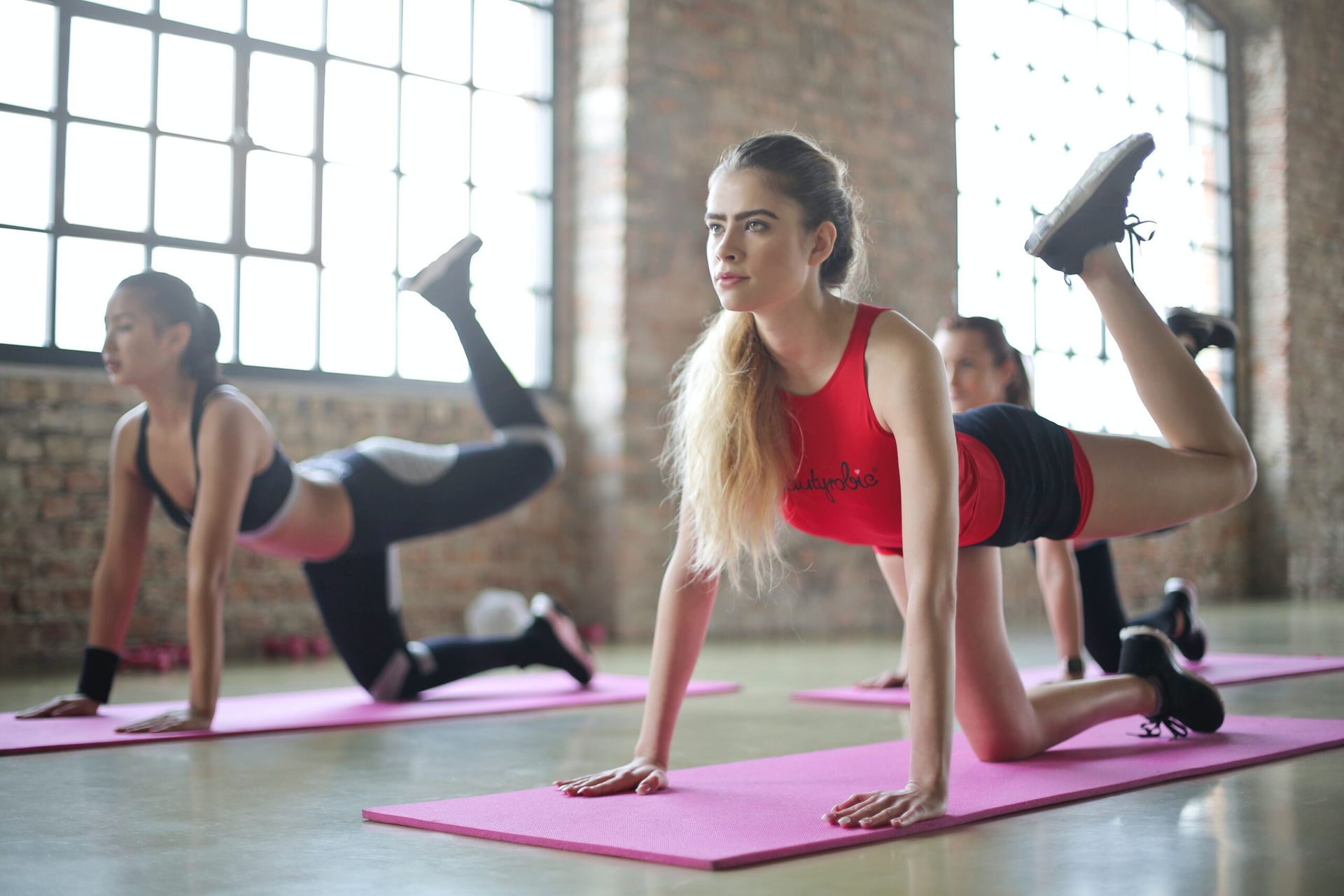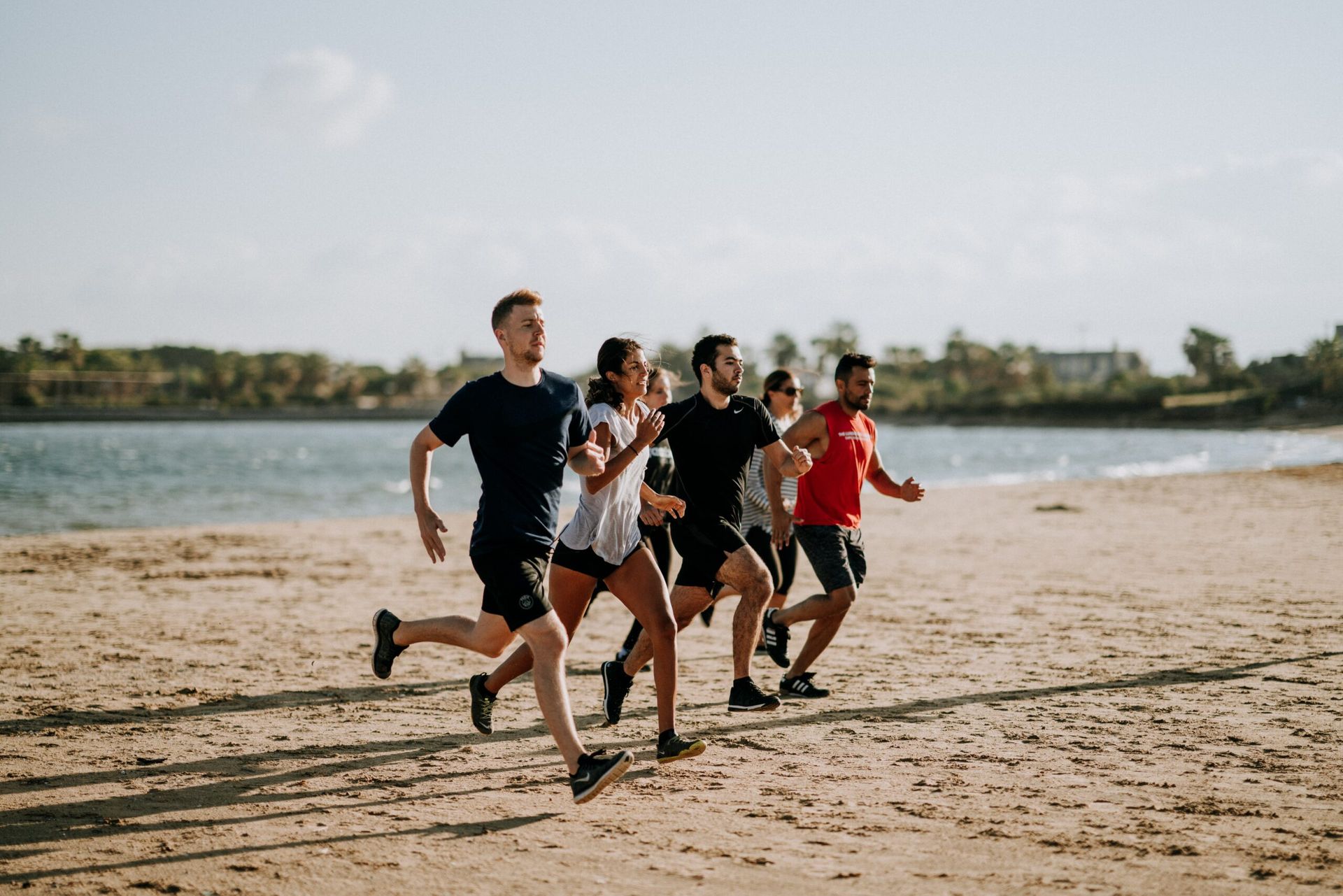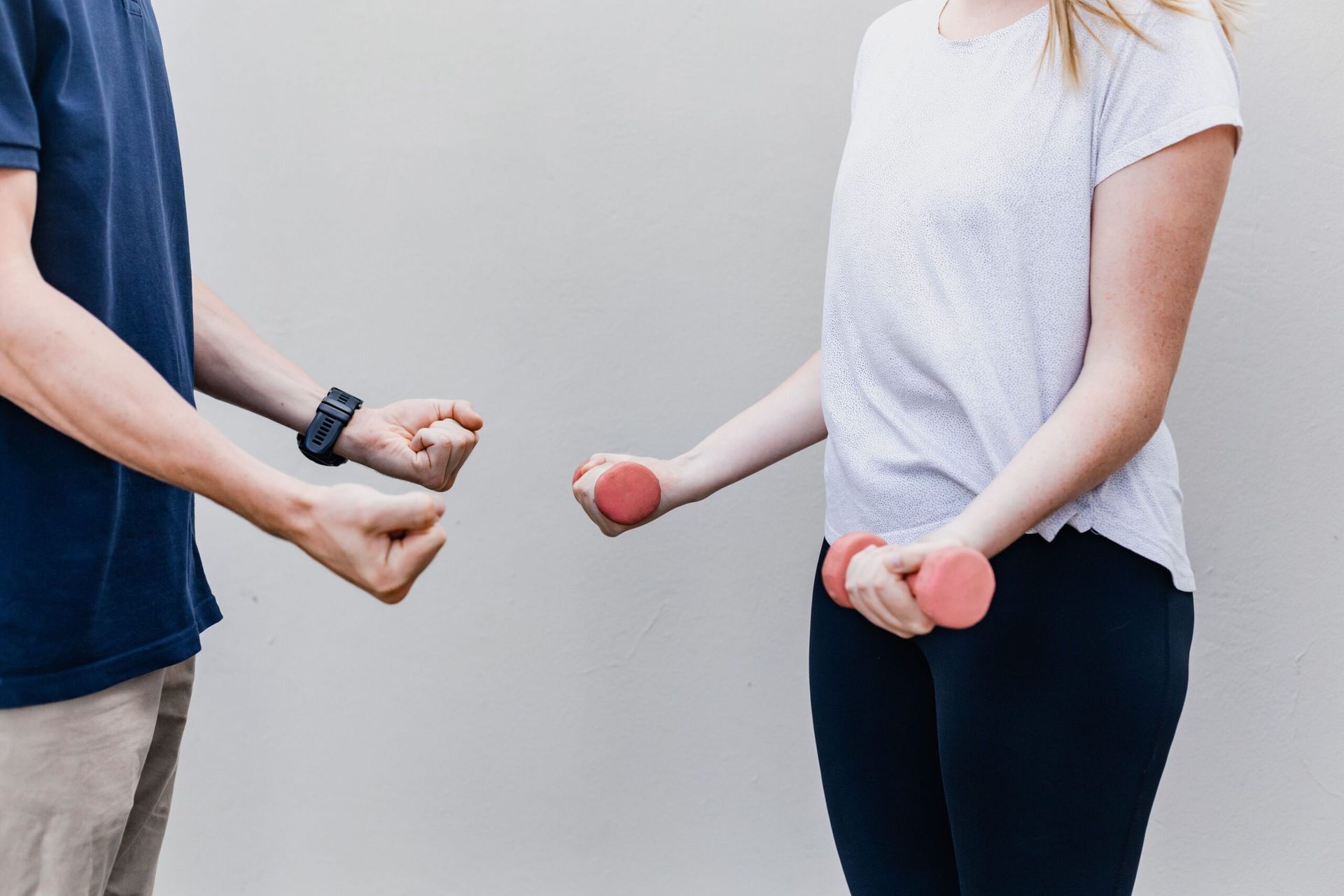Understanding Osteoporosis
What is Osteoporosis?
Osteoporosis is the most common bone disease in the world. It causes bones to become weaker and more likely to break (fracture). It’s often called a "silent disease" because people usually don’t know they have it until they break a bone.
Who Is Most at Risk?
Older age: The risk increases as you get older.
Gender:
Up to 38% of women over 50 have osteoporosis.
Around 3–8% of men over 60 are affected.
Postmenopausal women are at the highest risk.
Does Osteoporosis Hurt?
Usually, no. You won’t feel any pain unless you’ve had a fracture.
Common fracture sites include:
Hip (neck of femur)
Spine
Wrist (radius)
Upper arm (humerus)
Sometimes, a small injury or fall can cause a big fracture, especially if your bones are very weak.
What Does the Pain Feel Like (if there is a fracture)?
Pain may be sharp or dull, and sometimes radiates to other areas.
You might still not feel much pain, especially with spine fractures.
Pain usually settles within 6 to 12 weeks.
Nerve symptoms can occur if a fracture affects nearby nerves.
How Does Osteoporosis Affect Daily Life?
If no fracture has happened, you might feel completely fine.
Some people become less active out of fear of falling, which can make bones and muscles even weaker.
A walking aid (like a stick or frame) may help improve safety and confidence.
Hip fractures, especially in older people, can lead to serious issues:
25% may need full-time care.
20% may pass away within a year due to complications.
What Makes the Pain Worse or Better?
Worse with:
Putting weight on the area
Certain joint positions
After activity or by the end of the day
Better with:
Resting or avoiding weight on the area
Sitting or lying in comfortable positions
Usually not too bad in the morning
How Is Osteoporosis Diagnosed?
Often diagnosed by a bone scan (DXA), which checks your bone density.
You may be referred for a scan if:
You’ve had a fracture from a minor fall.
You have risk factors for weak bones.
A T-score from the scan shows:
Between -1 and -2.5: Osteopenia (low bone mass)
Less than -2.5: Osteoporosis
Less than -2.5 plus fractures: Severe osteoporosis
What Increases My Risk of Osteoporosis?
Things you can’t change:
Age
Gender
Family history
Hormonal issues or other medical conditions
Things you can change:
Low body weight
Smoking
Heavy alcohol use
Poor diet (especially low calcium and vitamin D)
Lack of physical activity
Certain medications (like long-term steroids)
What Can Be Done About It?
1. Diet and Nutrition
Eat a healthy, balanced diet.
Make sure you’re getting enough calcium and vitamin D.
Keep your body weight in a healthy range.
2. Exercise
Aim for at least 30 minutes of activity, 5 days a week.
Include weight-bearing and balance exercises to keep bones strong and prevent falls.
The sooner you start, the more benefit you'll get.
3. Medications
Some medications can help slow down bone loss or build new bone.
Your doctor might suggest options like:
Bisphosphonates
Hormonal medications
Calcium and vitamin D supplements
4. Fall Prevention
Make your home safer (e.g., remove trip hazards, improve lighting).
Use the right footwear and mobility aids if needed.
Have your vision, balance, and strength checked regularly.
Your physiotherapist may assess your walking and balance, and suggest helpful exercises or equipment.
What’s the Outlook?
The earlier it’s found, the better. You can take steps to slow bone loss and prevent fractures.
There is no cure, but good treatment can help manage the condition.
Fractures can be serious, especially in older adults—so it's important to act early and reduce risks.
Need More Help?
Talk to your GP or physiotherapist if:
You’ve had a fall or fracture recently.
You’re worried about your bone health.
You’re at risk and want to know more about prevention.





